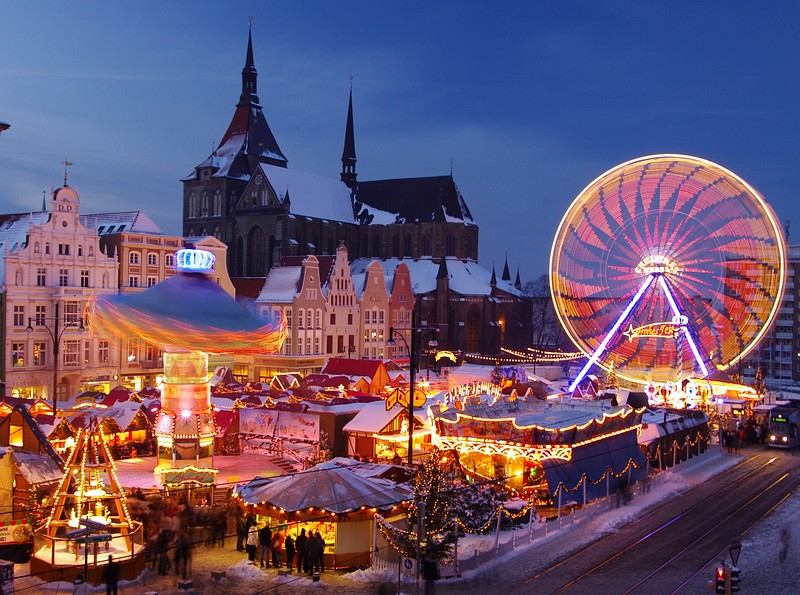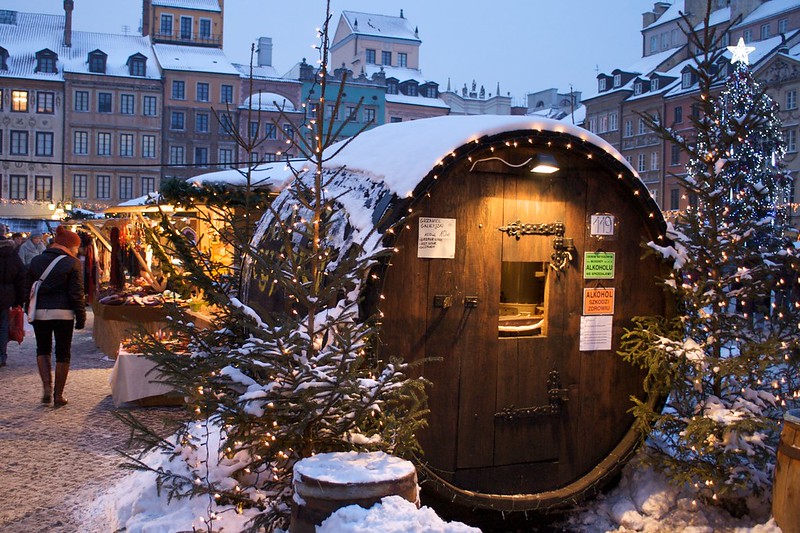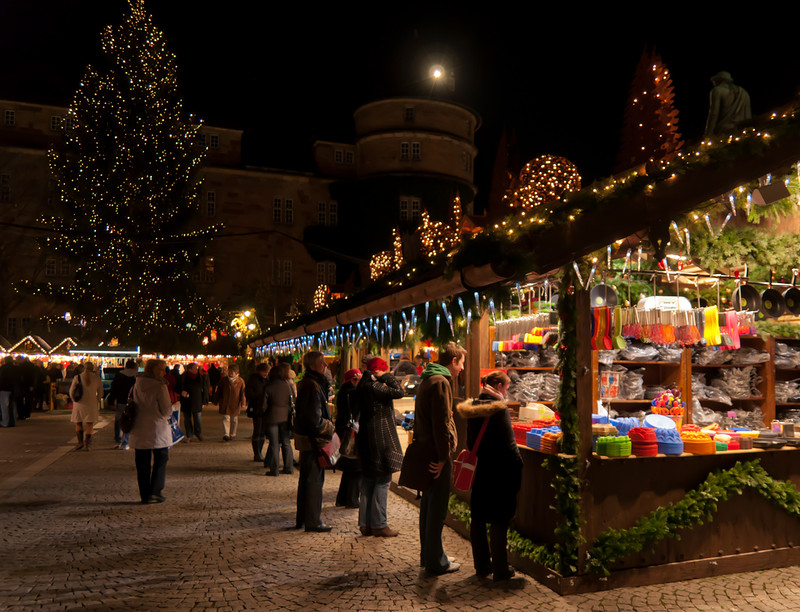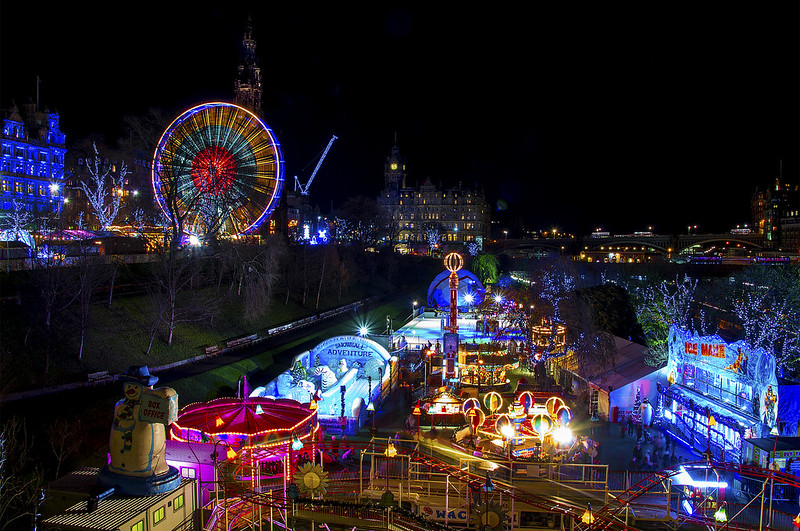Something happens at this time of year all across Northern Europe, especially in Germany.
Pretty little stalls huddle together, filled with glistening decorations, handmade figurines, and local produce.
The sounds of children’s laughter, sleigh bells, and choir singers fill the night air.
Mouth-watering aromas of sizzling bratwurst, gingerbread, and toasted almonds waft through the stalls.

The Christmas markets are here, signaling the beginning of Advent.
For centuries, Christmas markets brought cheer to weary villagers and added a touch of light and color to the long winter nights.
Our story begins in the late Middle Ages in parts of the former Holy Roman Empire.
The precursor to Christmas markets is thought to be Vienna’s Dezembermarkt (December Market), dating back to around 1296. Emperor Albrecht I granted shopkeepers the rights to hold a market for a day or two in early winter so that townspeople could stock up on supplies to last through the cold months.
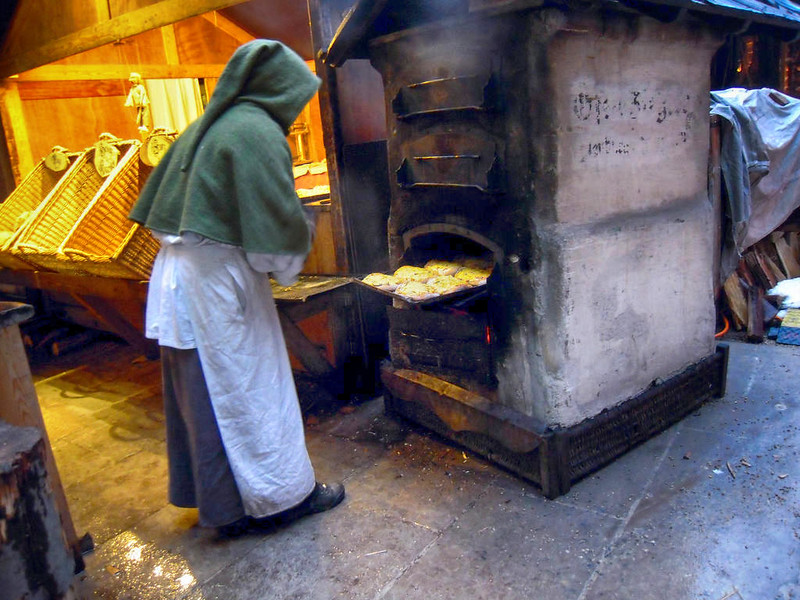
Wintermärkte (winter markets) began to spring up all over Europe.
Over time, local families started setting up stalls to sell baskets, toys, and woodcarvings alongside others selling almonds, roasted chestnuts, and gingerbread. These were often bought as gifts to give away at Christmas.
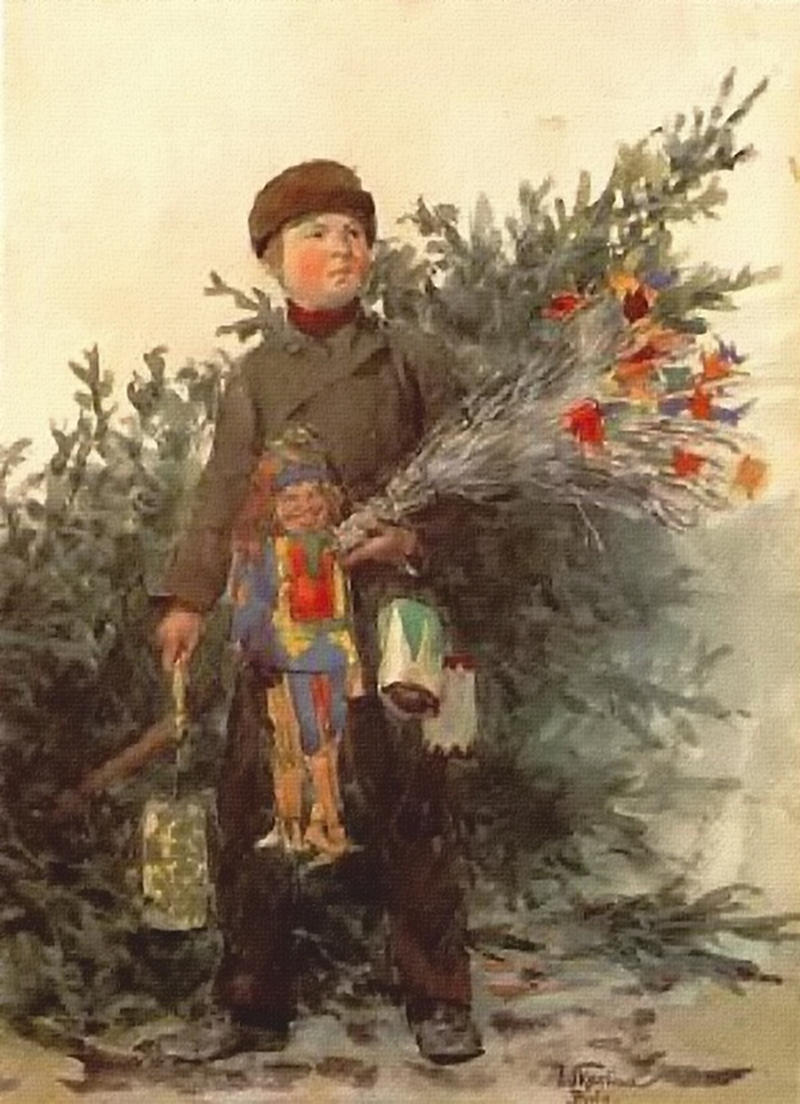

It was the winter markets that eventually became known as Christmas Markets—the earliest of which are claimed to be in Germany: Munich in around 1310, Bautzen in 1384, and Frankfurt in 1393.
But Dresden’s Strietzelmarkt may have been the first real Christmas Market, dating from 1434.

Today, during the lead up to Christmas, most towns of moderate size across the German-speaking world have a Christmas market.
Several cities in the UK, US and Canada also hold Christmas markets, where visitors can enjoy traditional foods like Zwetschgenmännle (figures made of decorated dried plums), Nussknacker (carved Nutcrackers), Gebrannte Mandeln (candied, toasted almonds), and freshly-grilled Bratwurst. Favorite beverages include Glühwein (hot mulled wine) and Eierpunsch (an egg-based warm alcoholic drink).


More regional food specialties include Christstollen (Stollen), a sort of egg bread with candied fruit from Saxony, and hot Apfelwein and Frankfurter Bethmännchen from Hesse.
Many other handmade items, toys, books, Christmas tree decorations and ornaments can be found at a Christmas Market.
Christmas markets combine the charm of tradition with the excitement of an open-air marketplace. They help rekindle the enchantment of our childhood memories.
Play a little music to enhance the magic of your Christmas Market experience …
